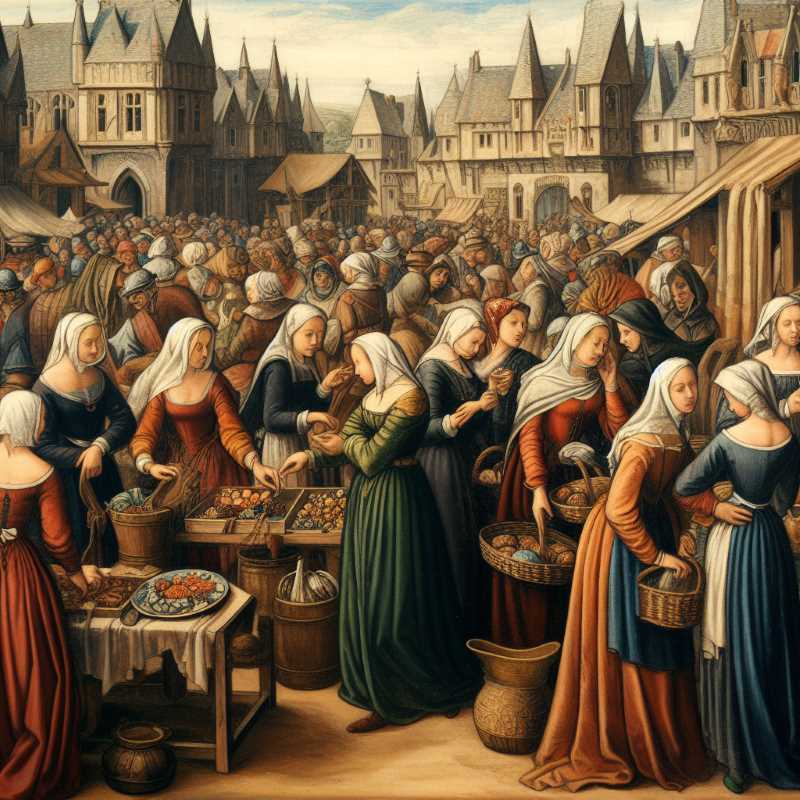Seeing Medieval Women Through a New Lens
Discover real medieval women – farmers, queens, healers. Ditch clichés, embrace complexities. Rewrite history beyond knights and chivalry. It's time to meet the women who shaped the Middle Ages, quill in hand and grit in their souls.

For too long, the subject of women in the Middle Ages has been shrouded in dusty myths and chivalric fantasies. Picture damsels in distress, chastity belts gleaming under firelight, and theologians debating whether these beings even possessed souls. But fear not, history buffs, for the dawn of a new era in medieval womanhood has arrived.
In the last decades, historians have been wielding shovels – metaphorical shovels, of course – unearthing a treasure trove of information about medieval women. No longer relegated to footnotes or feminist fringe circles, their stories are finally taking center stage in academia, proving that the Middle Ages weren't just about knights jousting for fair maidens' affections.




